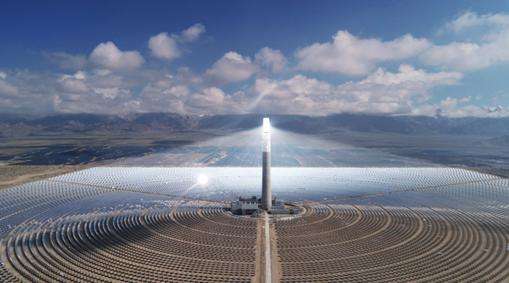There are many forms of automobile engines, but their operating principles are all based on the law of electromagnetic induction and the law of electromagnetic force. Therefore, the general principle of its construction is: using suitable magnetic and conductive materials to form magnetic circuits and circuits that conduct electromagnetic induction among themselves to generate electromagnetic energy and achieve the conversion goal of energy. According to the different starting and working modes of motors, they can be divided into single-phase capacitor-started asynchronous motors, single-phase capacitor-started asynchronous motors, single-phase capacitor-started asynchronous motors, single-phase split motors. phase asynchronous motors and three-phase motors.
According to the different rotor structures, the motor can be divided into cage induction motor. The old standard that youuse is called squirrel cage asynchronous motor and wound rotor induction motor. asynchronous motor type. A squirrel cage is a closed coil.
1. When a three-phase asynchronous motor is connected to a three-phase AC power supply, the three-phase stator winding passes through the three-phase magnetomotive force generated by the three-phase symmetrical current and generates a rotating magnetic field. The magnetic field moves along the axis at synchronous speed. The inner circular space of the stator and rotor rotates clockwise.
2. The rotating magnetic field and the rotor conductor have a relative cutting motion. According to the principle of electromagnetic induction, the rotor conductor generates an induced electromotive force and generates an induced current.
3. According to the law of electromagnetic force, under the action of induced electromotive force, an induced current will be generated in the rotor conductor which is fundamentally consistent with the direction of the induced electromotive force. The current-carrying rotor conductor is affected by the electromagnetic force in the magnetic field generated by the stator. The electromagnetic force forms an electromagnetic torque on the motor rotor shaft, driving the motor rotor to rotate in the direction of the rotating magnetic field. there is a mechanical load on the motor shaft, it rotates outward. Produces mechanical energy. Since the magnetic flux in the part without short-circuit ring is ahead of the magnetic flux in the part with short-circuit ring, the rotating direction of the motor is the same as the direction of the rotating magnetic field.














